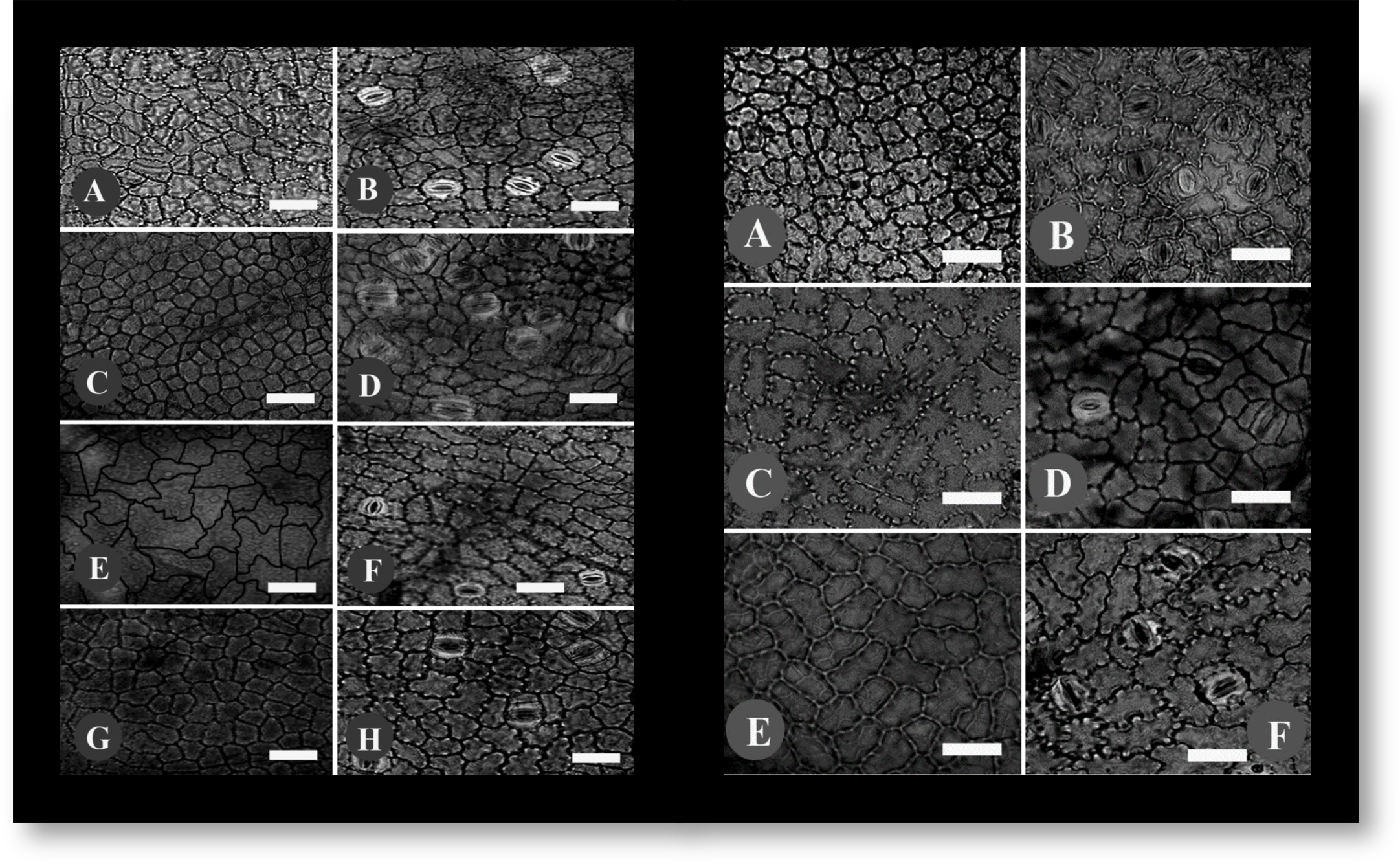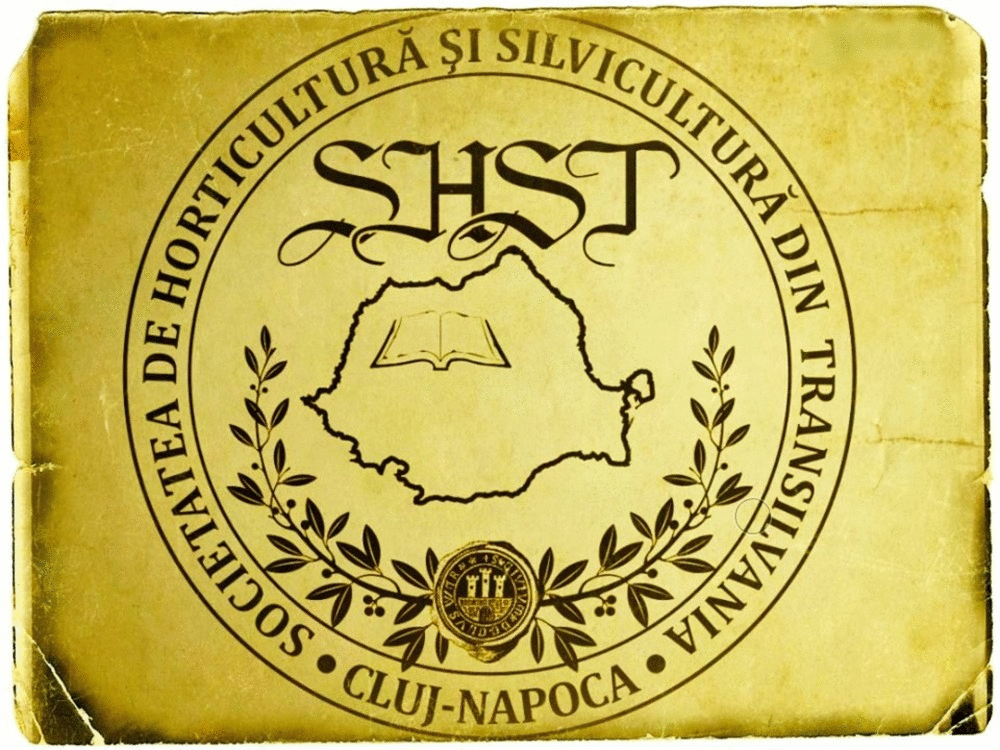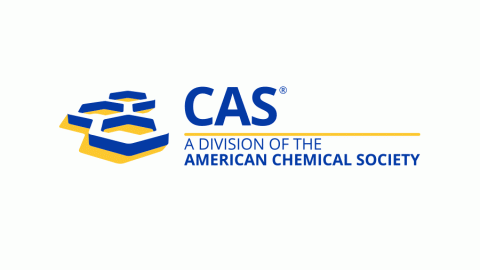Comparative foliar epidermal morphology of Isolona Engl. (Annonaceae)
DOI:
https://doi.org/10.15835/nsb12310686Keywords:
epidermis; leaf; Isolona; micromorphology; stomataAbstract
A qualitative micromorphological assessment of the seven species of Isolona occurring in Nigeria and the Cameroons was undertaken with the aid of light microscope. The stomatal cells are particularly useful, providing stable characters which can be reliably employed in distinguishing the species. Hypostomatic leaves and paracytic stomatal type are generic constant. Possession of only paracytic stomata is characteristic of I. dewevrei whereas other species may have in addition another type such as 1+2 laterocytic stomatal type found only in I. zenkeri and presence of brachyparacytic stomata which shows relatedness of I. campanulata, I. congolana, I. hexaloba, I. pleurocarpus and I. thonneri. The epidermal surfaces appeared glabrous but an indication of hairs is shown by the presence of a glandular trichome base only in I. hexaloba. The epidermal cell characters such as epidermal cell shapes and anticlinal wall patterns seem to intergrade and they are not as definite as the stomatal cells. However, a combination of these features will be helpful in defining the species better and their leaf fragments can be differentiated based on the various characters studied for effective utilization in herbal medicinal research.
Metrics
References
APG II (2003). An update of the angiosperm phylogeny group classification for the orders and families of flowering plants: APG II. Botanical Journal of the Linnean Society.141:399-436 https://doi.org/10.1046/j.1095-8339.2003.t01-1-00158.x
Ayodele AE (2000). Systematics studies in the family Polygonaceae. Ph.D. Thesis University of Lagos, Nigeria pp 239.
Baranova M (1972). Systematic anatomy of the leaf epidermis in the Magnoliaceae and some related families. Taxon 21(4):447-469.
Bremer B, Bremer K, Chase MW (2009). An update of the angiosperm phylogeny group classification for the orders and families of flowering plants: APG III. Botanical Journal of the Linnean Society 161:105-121.
Carpenter KJ (2005). Stomatal architecture and evolution in basal angiosperms. American Journal of Botany 92:1595-1615. https://doi.org/10.3732/ajb.92.10.1595
Couvreur TL, Gereau RE, Wieringa JJ, Richardson JE (2006). Description of four new species of Monodora and Isolona (Annonaceae) from Tanzania and an overview of Tanzanian Annonaceae diversity. Adansonia 28(2):243-266.
Couvreur TL (2009). Monograph of the syncarpous African genera Isolona and Monodora (Annonaceae). Systematic Botany Monographs 87:1-150. https://www.jstor.org/stable/25592354
Couvreur TL, Maas PJM, Meinke S, Johnson DM, Kebler PJA (2012). Keys to the genera of Annonaceae. Botanical Journal of the Linnean Society 169:74-83. https://doi.org/10.1111/j.1095-8339.2012.01230.x
Couvreur TL, Richardson JE, Sosef MSM, Erkens RHJ, Chatrou LW (2008). Evolution of syncarpy and other morphological characters in African Annonaceae: a posterior mapping approach. Molecular Phylogenetics and Evolution 47:302-318. https://doi.org/10.1016/j.ympev. 2008.01.018
Gottsberger G, Meinke S, Porembski S (2011). First records of flower biology and pollination in African Annonaceae: Isolona, Piptostigma, Uvariodendron, Monodora and Uvariopsis. Flora 206:498-510. https://doi.org/10.1016/j.flora.2010.08.005
Holmgren P, Holmgren N (2003). Index Herbariorum (on line). Retrieved from http://www.nybg.org/bsci/ih/ih.html
Kadiri AB (2003). Foliar epidermal morphology of the medicinal genus Momordica Linn, (Cucurbitaceae) in Nigeria. Nigerian Journal of Science 37(10):25-33.
Maas PJM, Westra LYT, Chatrou LW (2003). Duguetia. Flora Neotropica Monograph. The New York Botanical Garden, New York pp 1-274.
Metcalfe CR, Chalk L (1950). Anatomy of the dicotyledons. Oxford University Press, Oxford, pp 724.
Metcalfe CR, Chalk L (1979). Anatomy of the dicotyledons (2nd ed.). Vol. 1. Oxford University Press, Oxford pp 276.
Michael DP, James AD (2012). Dating clades with fossils and molecules: the case of Annonaceae. Botanical Journal of the Linnean Society 169:84-116. https://doi.org/10.1111/j.1095-8339.2012.01234.x
Ogundipe OT, Olatunji OA (1991). The leaf anatomy of the species of Cochlospermum Kunth (Cochlospermaceae) in West Africa. Feddes Repertorium 102(34):183-187. https://doi.org/10.1002/fedr.19911020306
Olowokudejo JD (1990). Comparative morphology of leaf epidermal of genus Annona (Annonaceae) in West Africa. Phytomorphology 40(3&4):407-422.
Olowokudejo JD (1993). Comparative epidermal morphology of West African species of Jatropha L. (Euphorbiaceae). Botanical Journal of the Linnean Society 111:139-154. https://doi.org/10.1111/j.1095-8339.1993.tb01896.x
Pereira-Sheteolu OA (1992). Taxonomy of medicinal plants: Foliar epidermal characters in the genus Monodora (Annonaceae). Feddes Repertorium 103(5-6):375-379. https://doi.org/10.1002/fedr.19921030516
Richardson JE, Chatrou LW, Mols JB, Erkens RHJ, Pirie MD (2004). Historical biogeography of two cosmopolitan families of flowering plants: Annonaceae and Rhamnaceae. Philosophical Transactions of the Royal Society of London, Series B: Biological Sciences 359:1495-1508. https://doi.org/10.1098/rstb.2004.1537
Smith SA, Beaulieu JM, Donoghue MJ (2010). An uncorrelated relaxed-clock analysis suggests an earlier origin for flowering plants. Proceedings of the National Academy of Science of the United States of America 107:5897-5902. https://doi.org/10.1073/pnas.1001225107
Stace CA (1965). Cuticular studies as an aid to plant taxonomy. Bulletin of the British Museum (Natural History) 4:3-78.
Theobald JLW, Krahulic JL, Rollins RC (1979). Trichomes description and classification. In: Metcalf CR, Chalk L (Eds.). Anatomy of the Dicotyledons, 2nd Edition, Vol. 1, Oxford, Clarendon Press pp 40-53.
Zeng L, Zhang Q, Sun R, Kong H, Zhang N, Ma H (2014). Resolution of deep angiosperm phylogeny using conserved nuclear genes and estimates of early divergence times. Nature Communications 5956:1-12 https://doi.org/10.1038/ncomms5956

Downloads
Published
How to Cite
Issue
Section
License
Papers published in Notulae Scientia Biologicae are Open-Access, distributed under the terms and conditions of the Creative Commons Attribution License.
© Articles by the authors; licensee SMTCT, Cluj-Napoca, Romania. The journal allows the author(s) to hold the copyright/to retain publishing rights without restriction.
License:
Open Access Journal - the journal offers free, immediate, and unrestricted access to peer-reviewed research and scholarly work, due SMTCT supports to increase the visibility, accessibility and reputation of the researchers, regardless of geography and their budgets. Users are allowed to read, download, copy, distribute, print, search, or link to the full texts of the articles, or use them for any other lawful purpose, without asking prior permission from the publisher or the author.













.png)















